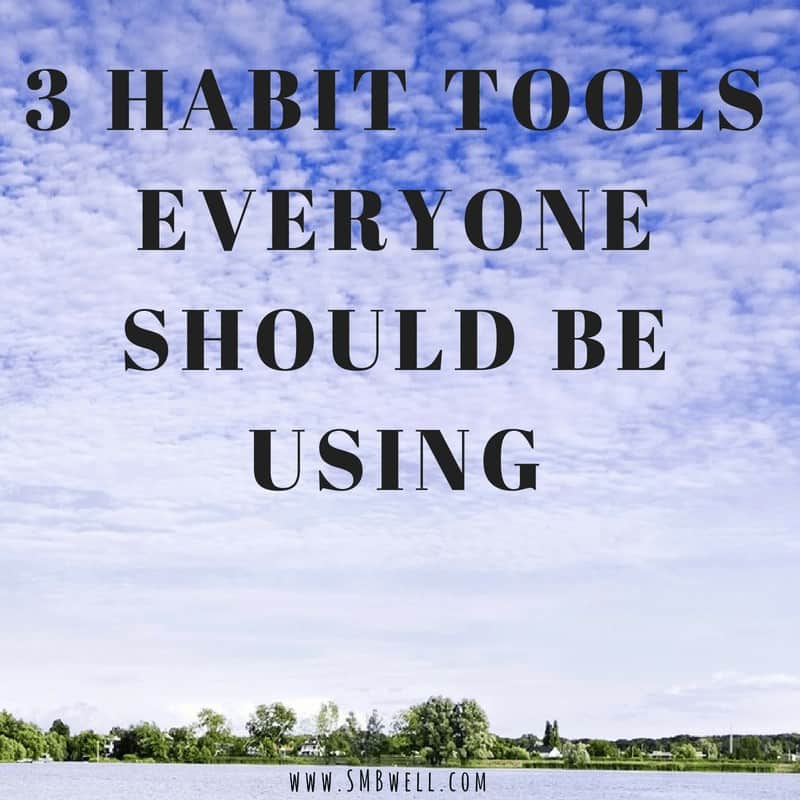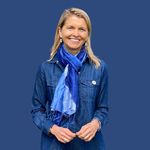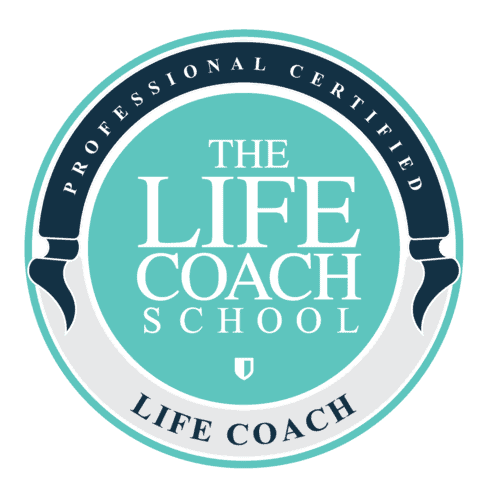This whole month we’ve been looking at habit change and new habits. Here are three tools I routinely return to in my life because they’re easy to remember and they work!
Start, Stop, Shift:
Choose a habit or behavior that you want to start, that you’d like to start, and that you’d like to shift. Think of it like a traffic signal: What can you do more of? Less of? Stop entirely? Think of one area and focus on that for this whole week. Here are some examples of how this habit tool could work:
- If you’re interested in getting healthier for this summer: Start daily exercise, Stop weeknight drinking, and Shift your sleep habits.
- If you’re trying to get rid of some clutter around the house: Start scheduling 10-minutes daily declutter sessions, Stop buying new things, and Shift how you manage new things when they come into the house (mail (touch it once), kids shoes (in bin), etc…)
- If you’re interested in feeling less overwhelmed: Start meditating for 3 minutes a day, Stop filling your schedule so full, and Shift how you think of your overwhelm (expect it, don’t resist it. Get curious “Why am I feeling overwhelmed right now?”).
- If you’re interested in parenting differently, specifically yelling less. Start writing down when you yell (like a yelling log: write down what was going on, what you were doing right before incident, what happened after…), stop blaming your kids for your behavior (seriously, for this week don’t allow yourself to blame someone else for your behavior), and shift your mindset by reading a parenting book (Here’s a link to my Recommended book list on amazon ).
I could go on and on with examples. This Start, Stop, Shift works really well with all types of clients because it allows us some wiggle room. It allows us to look at what we’re doing well while giving us the encouragement to make a shift with things that aren’t working. Choose one area of your life and try this this week. Email me: What will you Start, Stop, and Shift?
Calm Honest Action:
One of my favorite life coaches uses this mindfulness-based cognitive technique and I love it because not only does it attack our behavior on a rational level, it also goes behind the scene to address the parasympathetic nervous system which, beautifully then makes behavior change easier. Here’s how this 3 step process works: Set your alarm for two arbitrary times during your day. When your alarm goes off,
- CALM: Stop and ask yourself: Am I calm? check in with your body: is your chest tight? Your brow furrowed? Your jaw clenched?
- HONEST: Am I being honest? This is an important piece as I frequently answer the first question yes but when I circle back as a mini-me accountability coach with the “are you being honest Susie”, I often find that no, I’m not as calm as I’d like to be. Which leads me to step
- ACTION: Do something to bring yourself closer to a state of calm. This could be any of our tools depending on where you are and the time you have: journaling, coloring, movement, meditating, etc…
The beauty of this technique is two-fold. One, by pausing in our day to check in with our emotional self, we improve our emotional intelligence. We are less likely to stuff our emotions down which means we’re less likely to be reactive and stressed. Two, by pausing and managing our emotional state during the day, we’re less likely to get to the end of the day frazzled and ready to break. This means you’re less likely to buffer with unhealthy behaviors (saying “I need this glass of wine because my day was crazy” or stress eating). Try bringing calm, honest, action into your life this week and let me know how it goes.
Pairing:
This is all about tricking your brain in a kind way. The brain’s goal is to keep us alive; it’s only goal is for us to survive. Add to that, the brain is the most productive mini-computer in the world. It is wired to repeat behaviors over and over if we’ve done them before and survived. So, if we always have a glass of wine when we get home from work, the brain will do everything in its’ power to repeat that behavior over and over because hey, you’re still alive aren’t you? Our brain doesn’t care about the extra 15 pounds, the internal inflammation, the depressant nature of alcohol, or how groggy we feel in the morning. Our brain asks the question: “Are you alive? Yes? Job done.” In understanding that the brain will come up with excuses as to why we shouldn’t change our habits or behavior, we can overrule it. One way of doing this is to pair something positive with a desired new behavior. For example, I do not love exercising on my elliptical. However, I do love to read. So, I pair reading with ellipticalling. I have a reading rack that allows me to get a kick ass workout on the elliptical while reading some of my favorite books. Some clients save their favorite podcasts to listen to when they’re folding laundry. Others, keep their favorite crossword book by their bed for them to do when they get in bed at the agreed upon time. What do you like to do? How can you pair that with a new behavior that you’d like to start doing?
Now it’s up to you! I am a firm believer that life can (and should) be grand. Where are you feeling a bit flat in your life? Choose an area of your life where you’re not feeling great or where you know you could be doing better, choose one of the above tactics and go. Reminder: I am here for you. I’ve dedicated my life to helping as many women live a life they love as possible. Email me your plan for accountability today. No more excuses.
Did you like this post? Sign up for Susie’s Weekly WELLNESS Newsletter. She’s a Certified Life and Wellness Coach with over 10 years experience helping women live lives they love.
LISTEN HERE:
WATCH HERE:







Trackbacks/Pingbacks